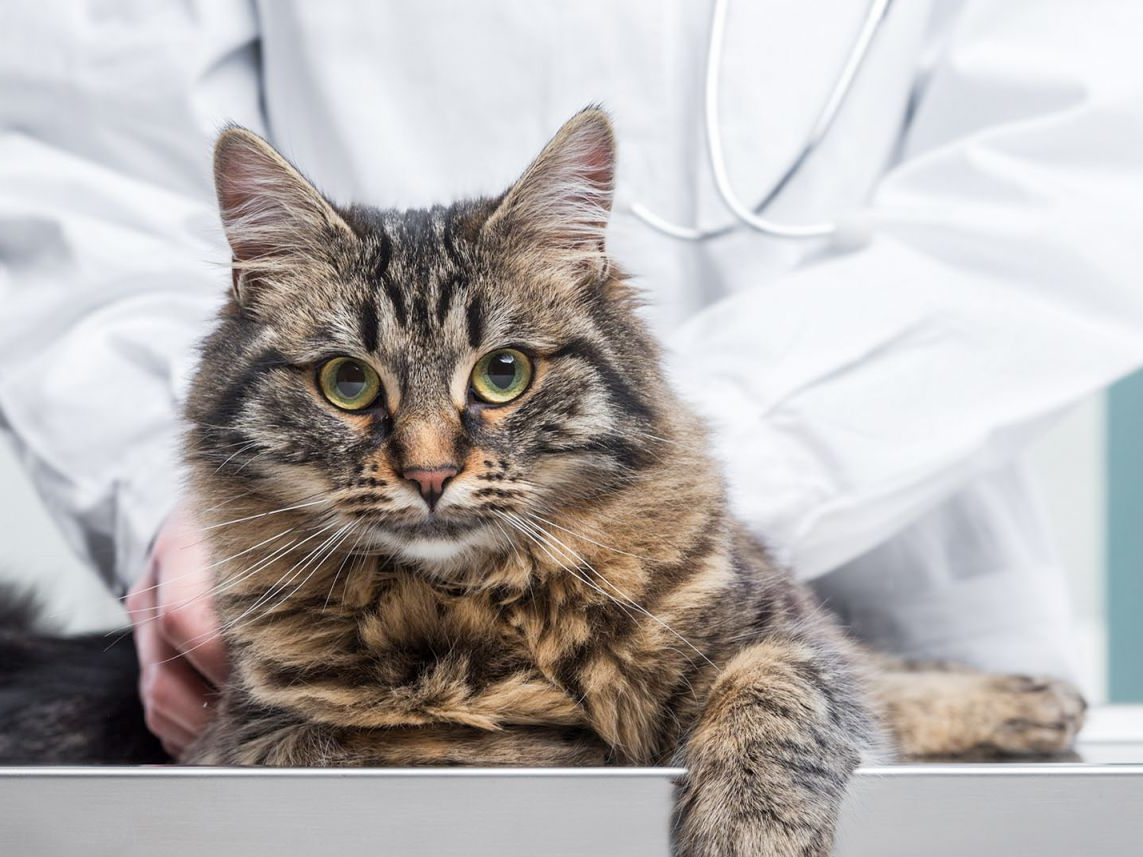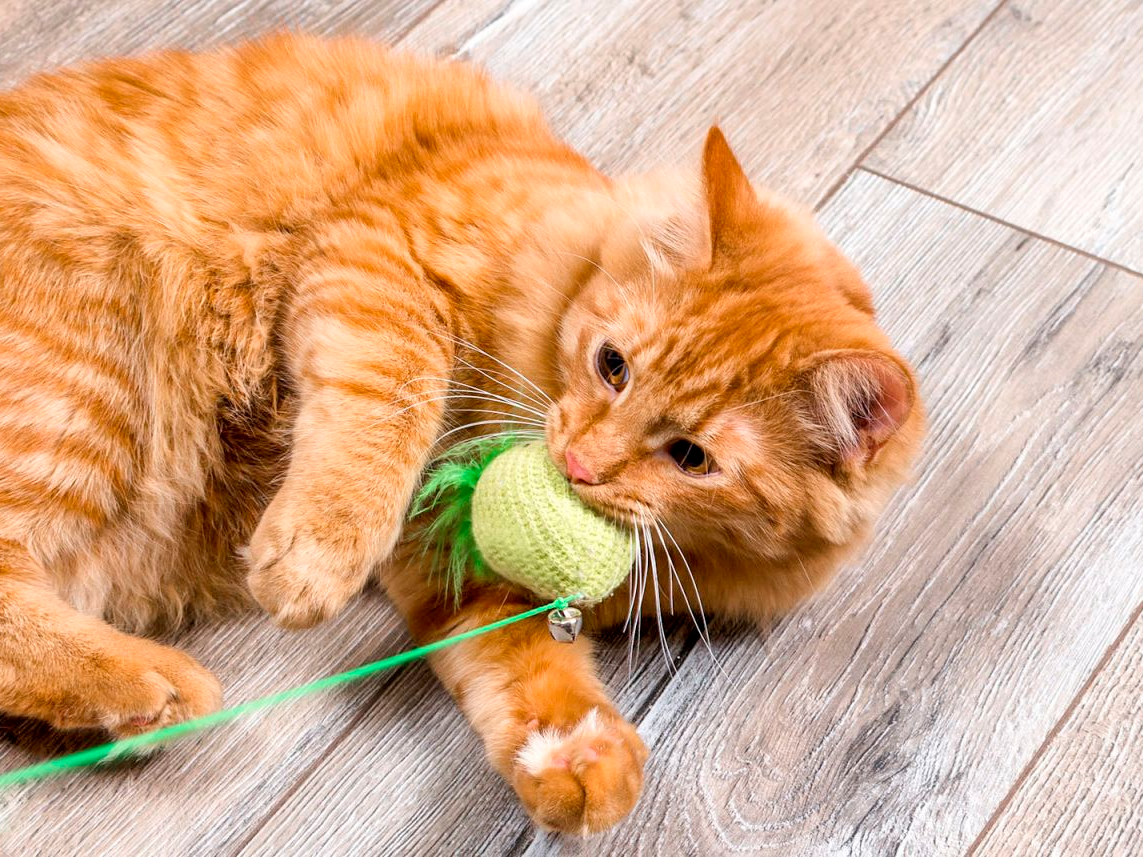What is a healthy kitten weight? Everything you need to know
Bringing home a new kitten is an exciting time filled with cuddles and lots of play. It’s also a time when your kitten needs proper nutrition and care so they can grow and develop into the healthy cat they are meant to be.
It takes between 12 to 15 months for kittens to mature into cats and reach their adult weight. Several factors can influence a kitten’s growth and weight including genetics, breed, feeding habits and environmental factors.
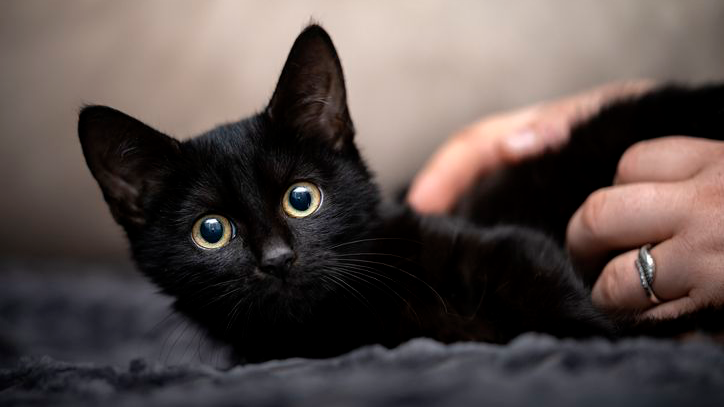
Your kitten’s development: understanding kitten growth and weight
Compare a slightly built 3 kg Oriental kitten and a majestic Maine Coon—with an average weight of 10 kg—and you can understand how the two won’t have the same nutritional requirements.
Adult small breed cats weigh 2-3 kg with the smallest cat breed, the Singapura, weighing a mere 1.8-2.7 kg. Medium-size breeds like the Himalayan weigh 4-6 kg and large-size breeds over 7 kg. But kittens of all breeds require high-quality kitten food to meet the intense energy demands they face during growth.
Understanding your kitten’s nutritional needs at different stages of development will help you in choosing the correct food to assist them in maintaining a healthy kitten weight. But it’s always a good idea to consult with your vet for precise nutritional advice tailored to your cat’s specific needs.
General weight guidelines and kitten feeding schedule
Kittens require more frequent meals compared to adult cats due to their smaller stomach capacity and higher energy requirements. The ideal weight for a kitten is not a set figure but a range where your kitten is healthy, has a good coat and body condition and is active and playful. Establishing a well-balanced feeding schedule at different stages of growth will help you to meet their nutritional needs, encourage healthy weight gain and support overall development.
Kittens weigh on average 80-100 grams at birth. Sustained on mother’s milk, kittens gain on average around 10 to 15 grams every day. They typically double their weight in the first week.
By one month of age, kittens are ready to start weaning. Weaning is a period of high energy demands. Introduce wet or moistened kitten food mixed with milk formula or water. Over the next few weeks, gradually increase the amount of solid food while reducing milk formula or water. Feed them at least four to five meals a day. For all their playful activity, kittens sleep a lot—up to 22 hours a day during the weaning phase. So, if you see lots of snoozing, there’s no need for concern.
High-protein kitten food (superior quality kitten food with a highly digestible protein) is essential during this continued phase of rapid growth when kittens gain around 100 grams of weight each week. By four months, you should be gradually transitioning to dry kitten food. Follow the guidelines on the packaging for how much to feed but your vet can help you fine-tune for your kitten’s specific needs.
In this phase, your kitten continues to develop, adult teeth erupt and muscles grow stronger. Ensure your kitten eats a balanced diet with a mix of high-quality dry and wet food in the recommended portions for their age and weight. By six months, an average weight is 3 kg. Feeding frequency will have reduced by now, but continue to monitor calorie intake and portion size.
By 12 to 15 months of age (depending on the breed) your kitten will have matured into their adult cat weight and can transition to adult cat food.
Kittens weigh on average 80-100 grams at birth. Sustained on mother’s milk, kittens gain on average around 10 to 15 grams every day. They typically double their weight in the first week.
By one month of age, kittens are ready to start weaning. Weaning is a period of high energy demands. Introduce wet or moistened kitten food mixed with milk formula or water. Over the next few weeks, gradually increase the amount of solid food while reducing milk formula or water. Feed them at least four to five meals a day. For all their playful activity, kittens sleep a lot—up to 22 hours a day during the weaning phase. So, if you see lots of snoozing, there’s no need for concern.
High-protein kitten food (superior quality kitten food with a highly digestible protein) is essential during this continued phase of rapid growth when kittens gain around 100 grams of weight each week. By four months, you should be gradually transitioning to dry kitten food. Follow the guidelines on the packaging for how much to feed but your vet can help you fine-tune for your kitten’s specific needs.
In this phase, your kitten continues to develop, adult teeth erupt and muscles grow stronger. Ensure your kitten eats a balanced diet with a mix of high-quality dry and wet food in the recommended portions for their age and weight. By six months, an average weight is 3 kg. Feeding frequency will have reduced by now, but continue to monitor calorie intake and portion size.
By 12 to 15 months of age (depending on the breed) your kitten will have matured into their adult cat weight and can transition to adult cat food.
Cats can be fussy eaters. Some polish off their food bowls quickly whereas others graze over the course of the day. Grazing is actually the preferred option for most cats. Grazers usually self-regulate even when kibble is available all day and, although grazers are less likely to put on too much weight, their food intake should still be monitored. A combination of ad-lib or free feeding—a portion of kibble left out for the day so your cat grazes when hungry—interspersed with wet food if part of your cat’s diet, will suit many cats. Puzzle feeders are a great enrichment tool to keep mealtimes mentally stimulating and control portions for cats who aren't great at self-regulating. Your cat will let you know their preference and you can adjust their feeding schedule and style accordingly. It’s a good idea to speak with your vet when tailoring a plan to help keep your cat at a healthy weight.
How to establish a balanced diet for your kitten
When it comes to nurturing a growing kitten, providing a well-balanced diet with the correct proportion of proteins, carbohydrates and fats is crucial for their optimal development. High-quality kitten foods are specifically formulated to cater to the nutritional requirements of young, growing kittens. They aren’t adult cats and should not eat like one. Consult your vet to check that you are providing a balanced diet for your kitten.
Protein
Protein is a vital component in a young kitten’s diet. Kittens require higher protein levels than adult cats due to their rapid growth rate. Protein is composed of amino acids, which are necessary for the formation and maintenance of tissues, muscles, organs and a healthy immune system. Some of these amino acids are produced in the body but some, like taurine, must be supplied in the diet. High-quality kitten food supplies the complete amino acid profile required for good health.
Carbohydrates and fats
Carbohydrates serve as a source of energy for growing kittens, help to support their active lifestyle and aid in maintaining blood sugar levels. However, it's important to select high-quality carbohydrates like cooked whole grains or vegetables to support healthy digestion and microbiota. This can help avoid unwanted weight gain and other health issues.
Fats are also important in the diet, providing a concentrated source of energy and are necessary for absorption of the fat-soluble vitamins A, D, E and K. Fats also contribute to a lustrous coat and healthy skin.
Vitamins and minerals
Vitamins for kittens are another necessity. Vitamin A supports vision and a healthy immune system. Vitamin D promotes calcium absorption and bone development. B-complex vitamins assist in energy metabolism and nerve function. Vitamin E acts as an antioxidant, protecting cells from damage.
Common pitfalls to avoid
Over-feeding
Growing kittens need a lot of energy but it’s important to regulate the amount they eat so they don’t consume excess calories. An overweight kitten is more likely to become an overweight cat. Obesity can lead to health issues including joint issues, diabetes and a decreased lifespan.
How much to feed your kitten will depend on your kitten’s breed, weight and age. Follow the recommendations given by your vet, breeder or the guidelines on food packaging. Weigh their daily food ration, keep track of daily weight gains and adjust portion size accordingly.
Table scraps, kitten snacks and treats
The digestive system of kittens is different to that of humans and some foods suitable for us can be harmful to them. Grapes, raisins, garlic, onion and chocolate are just a few examples. To help your kitten maintain a healthy digestive system and limit their access to potentially harmful substances, avoid feeding table scraps.
While treats can be a great way to reward your kitten, excessive indulgence can lead to obesity. Choose healthy, low-calorie treats or use small portions of their regular food as snacks. If you give your kitten treats, adjust meal sizes to cater for these calories. Remember, love and attention can be just as rewarding to your kitten as treats or snacks.
Stress-free feeding
Cats tend to enjoy quiet, calm environments and they positively thrive on routine. You can help set them up for stress-free eating early in kittenhood. Find a quiet area of the home where your kitten won’t be disturbed or distracted. Use the same food bowl and feed meals at the same times each day. Have a separate bowl for dry kibble if you feed your kitten both wet and dry.
Five steps to help you control your kitten’s weight
Maintaining a healthy weight is essential for the overall well-being of your kitten. Their food plays a huge role. For example, ROYAL CANIN Mother & Babycat mousse or ROYAL CANIN Mother & Babycat kibble have been specially formulated to support the nutritional needs of kittens. To help you keep your kitten in shape here are some tips to follow:
Regular weigh-ins
Track your kitten’s weight gains or losses with regular weigh-ins using digital scales or use tracking apps to record trends. Growth charts for age can also be a useful guideline to stay on top of your cat’s healthy growth. However, keep in mind that these charts are only a general reference and individual variations can occur.
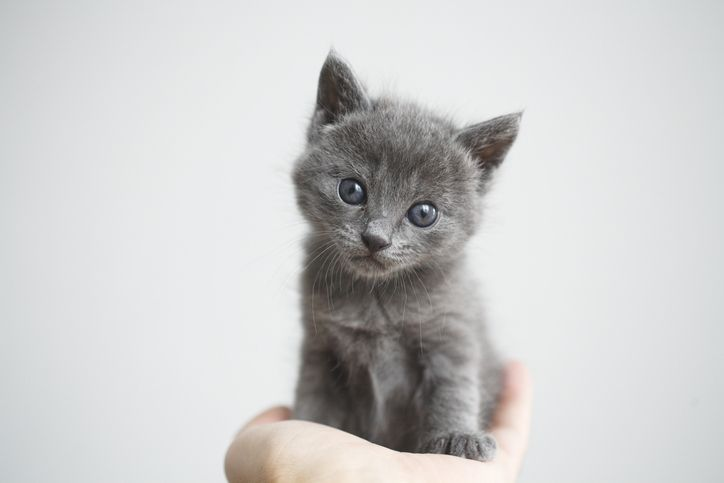
Body condition
Regularly assess your kitten’s body condition. Gently run your hands along their ribcage. You should be able to feel their ribs without excessive padding but they shouldn't be overly prominent either. Additionally, observe their waistline from above—there should be a visible inward curve between the ribcage and hips. Ask your vet to evaluate your kitten's body condition accurately.

Portion control
Meal sizes are based on a kitten’s age, size and activity level. Overfeeding can lead to excessive weight gain while underfeeding can result in malnutrition. Follow the guidelines provided on your chosen food packaging but remember that these are general recommendations and may need adjustment based on your kitten's individual needs.
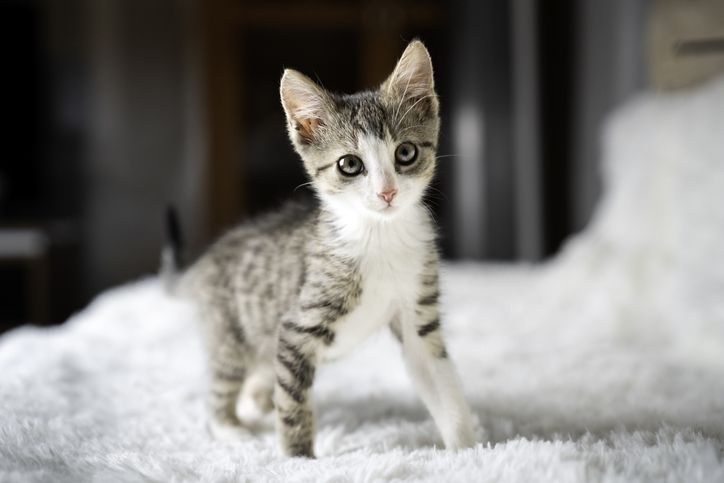
Exercise and playtime
Alongside a balanced diet, regular exercise and playtime for your kitten are important to help maintain a healthy weight, provide mental stimulation and encourage good muscle development. Interactive play is also a great way to bond with your kitten.
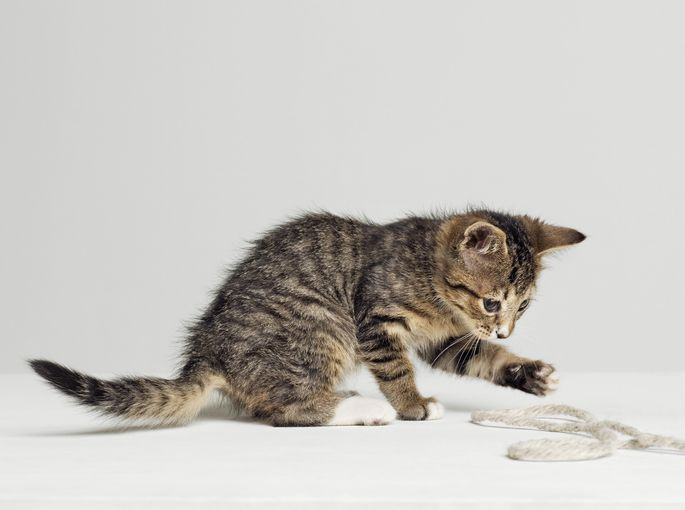
Regular vet checks
Schedule regular check-ups to monitor your kitten’s growth and weight. Your vet can provide valuable guidance on feeding and nutrition, address any concerns you may have and ensure your kitten receives the best possible care.
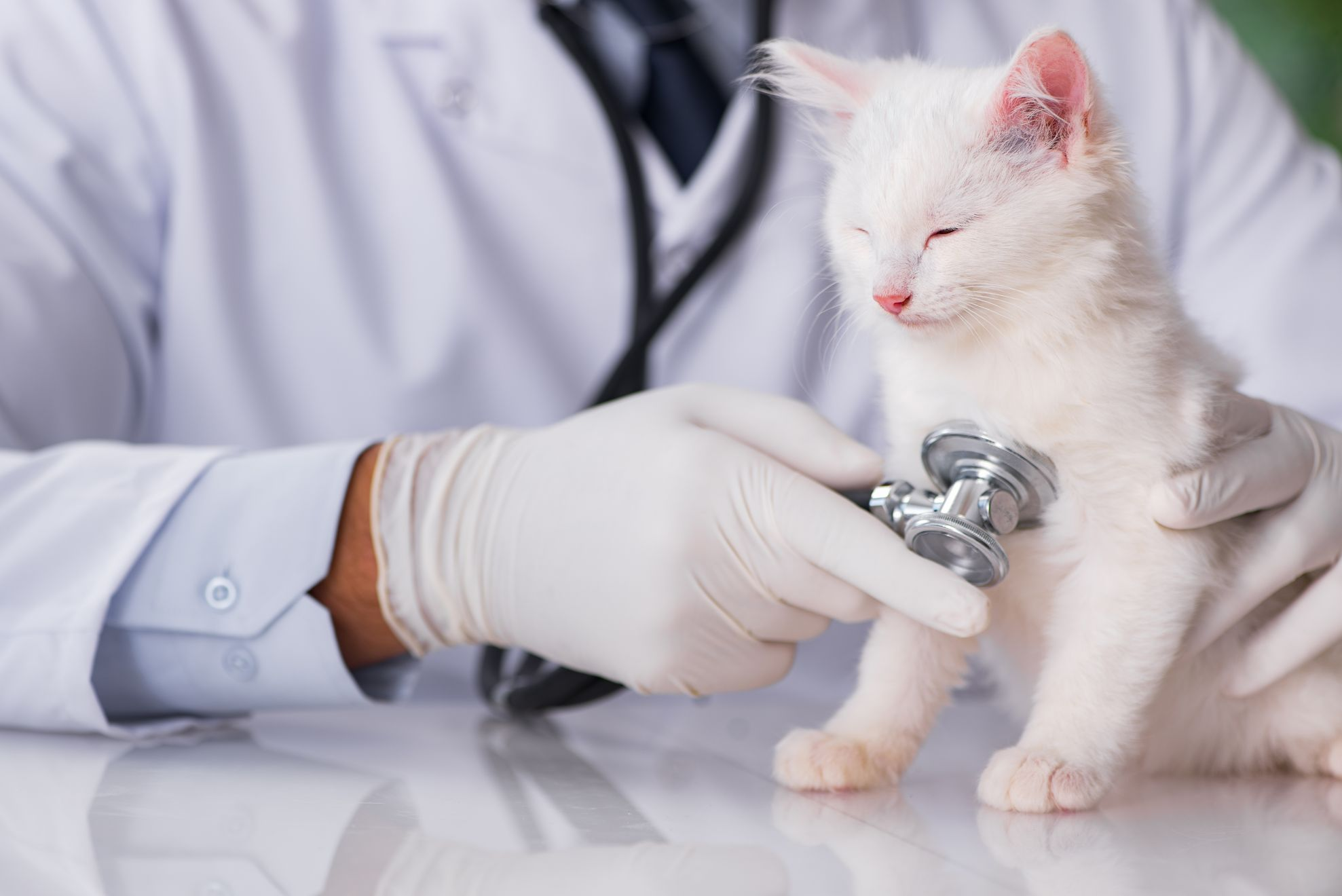
Remember, every kitten is unique, and their nutritional needs and exercise requirements may vary. By following a balanced feeding schedule and monitoring your kitten's weight, you'll set them on the path to a healthy and vibrant life.
Related articles
Like & share this page
